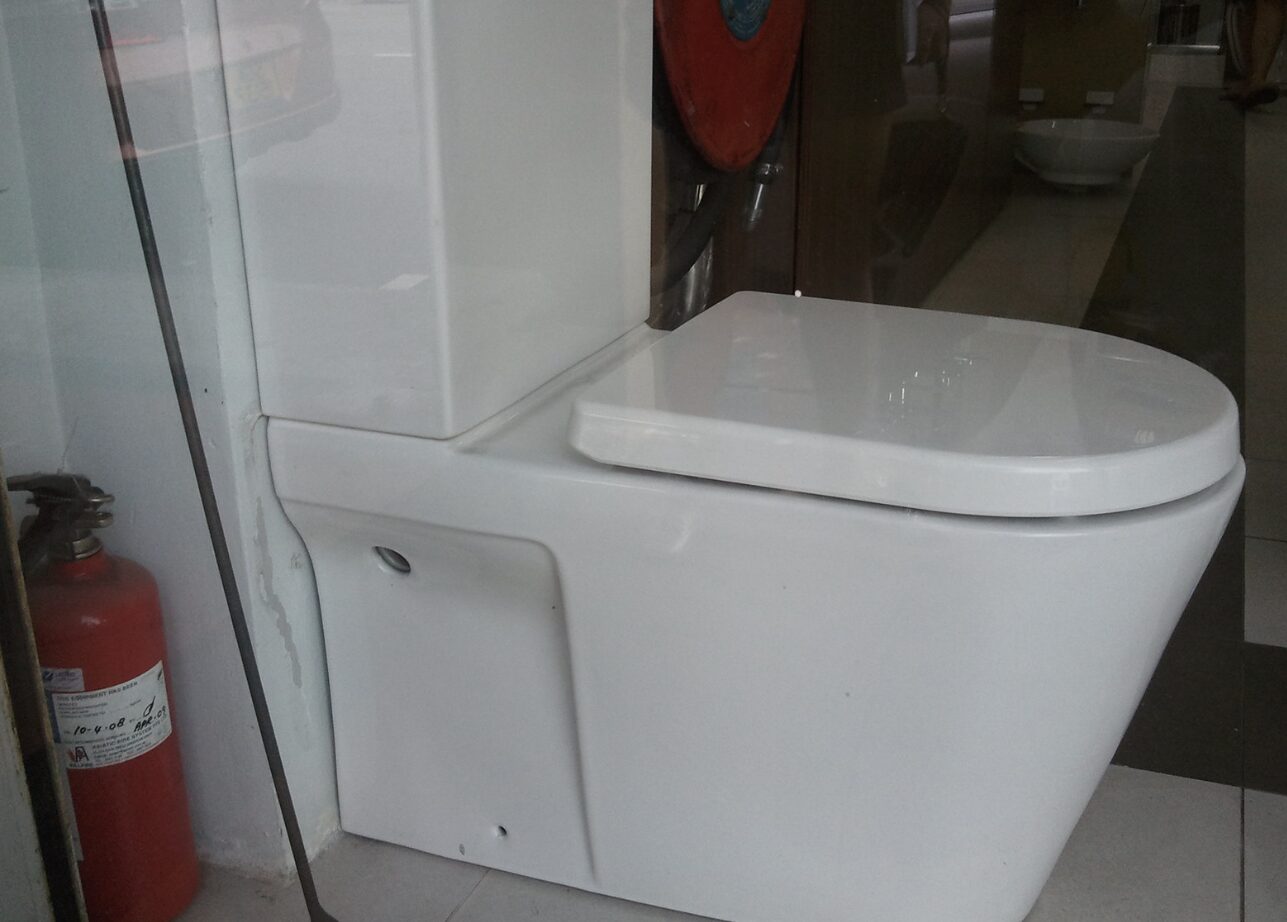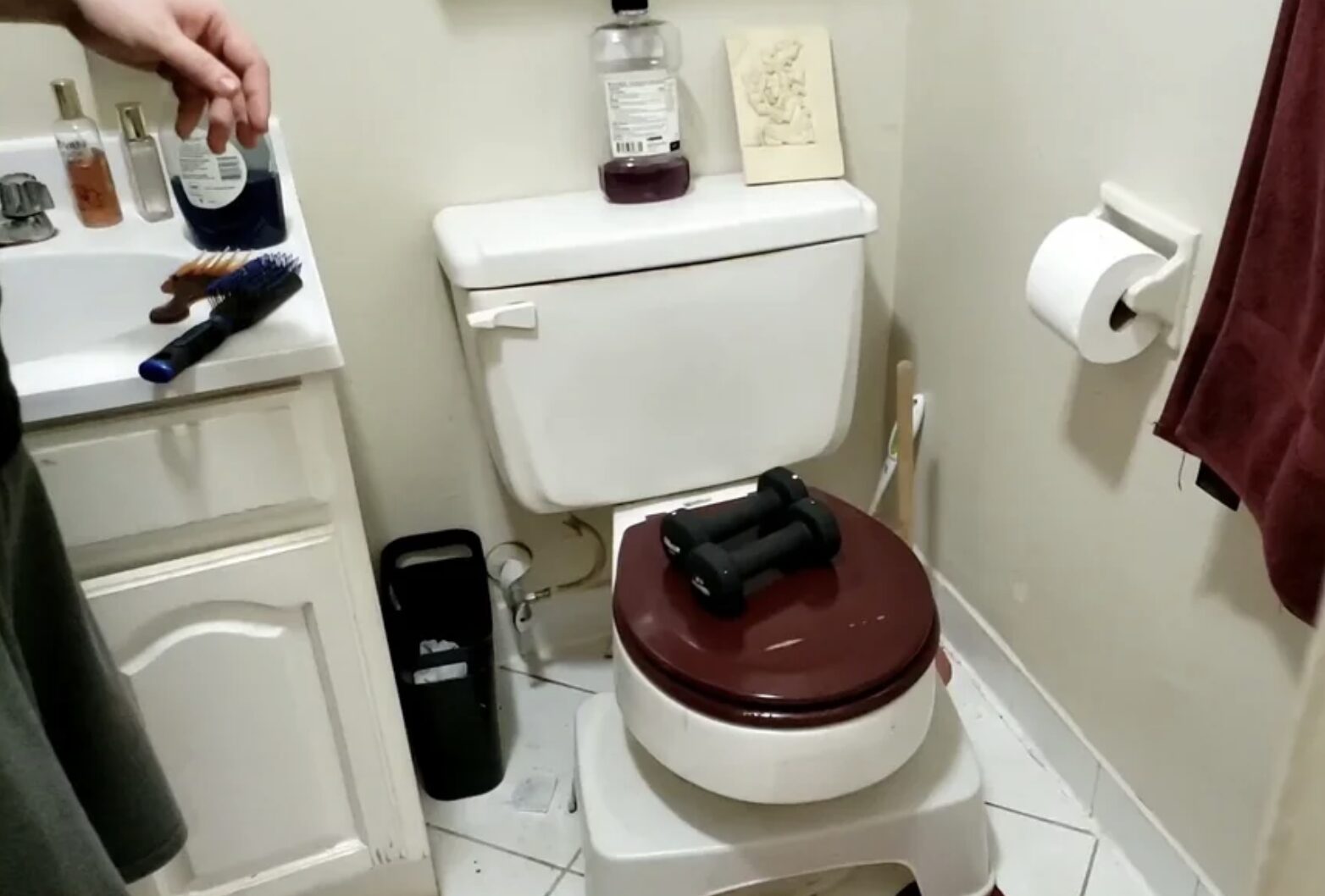
Nightmare! Total nightmare! I really don’t know how else to think or write about this. Rats in the toilet? Just the thought sends shivers down my spine, and honestly, I don’t even want to entertain the idea, let alone experience this scenario firsthand. After hearing a few urban legends, I was curious (and terrified), so I started asking around. My friends were just as skeptical and freaked out. “No way that can happen,” they laughed. But guess what? It’s not a myth.
Rats can, indeed, make their grand entrance right into your toilet, and just knowing this fact was enough for me to dive deep into a frenzy of worrying and researching. Like, what in the world would I do if I encountered a rat in my toilet? The first thing that pops into my mind is to run. But realistically, so would the rat—potentially after me! Clearly, I needed better solutions. So here’s the lowdown on what I discovered…

First Things First: Can Rats Really Swim Up Our Toilets?
Absolutely, yes. Rats in the toilet aren’t just some horror movie fiction; they’re a startling reality. These creatures are surprisingly adept swimmers. They can hold their breath for up to three minutes and tread water for as long as three days. They can even squeeze into spaces as tiny as a quarter. The usual route for these sewer-loving swimmers begins in your home’s main sewer line. They shimmy up, navigating through the narrow urban waterways, and presto, they pop up in your toilet like a grotesque surprise in a jack-in-the-box.

How Do They Do It?
Well, it turns out rats are attracted to the scents of food and waste that linger in our sewer lines. They explore these lines by squeezing through the smallest of cracks and climbing inside the vent stacks that lead to the roofs of buildings. Once they find a drainpipe that leads downward toward a toilet, it’s merely a matter of paddling upwards and making a grand entrance right into the porcelain throne.
Encounter of the Rodent Kind
Imagine this: it’s the dead of night, you’re groggily making your way to the bathroom, and as you flip on the light, there it is—a rat, casually lounging in your toilet bowl. What do you do? Well, after my initial instinct to sell the house and move to a rat-free island subsides, here’s the more rational action plan I put together after consulting with every expert source I could find:
Keep Your Cool: Panicking will likely scare the rat, potentially driving it to seek refuge in even less accessible parts of your home.
Contain the Situation: Quickly close the toilet lid to prevent its escape and place something heavy on top. Rats can be surprisingly strong, and the last thing you want is a chase scene in your bathroom.
Dial for Help: This is definitely a situation for the professionals. Pest control can manage the situation with the right equipment and safety protocols.
Handling a Deceased Visitor: If the rat isn’t alive, wear gloves to remove it from the bowl, place it in a sealed bag, and dispose of it properly. Don’t forget to disinfect every surface within a mile radius (okay, maybe just the bathroom).

Flushing is a No-Go: Whether it’s dead or alive, flushing the rat is a bad idea. It’s inhumane if it’s living, and could cause significant plumbing issues either way.
Prevent Future Uninvited Guests: After handling the immediate crisis, consider installing a non-return valve in your sewer system. This gadget allows waste to exit but prevents rodents from entering.
Regular Checks: Keep an eye on your plumbing to ensure there are no easy entry points for future intruders. Make sure all pipes and vents are secure and in good repair.

As for me, since learning all this, I’ve been extra vigilant. Maybe I’m checking the toilet a bit too obsessively before each use, but hey, can you blame me? And about that idea of moving out? Well, let’s just say my browsing history has seen a significant increase in real estate listings.
So, do you believe it now? —rats in your toilet aren’t just an urban myth but a potential reality. But with the right knowledge and precautions, you can prevent these terrifying scenarios and tackle them with confidence if they do arise. Stay alert, stay informed, and maybe keep a heavy book near the bathroom, just in case.
Mom discovers son kneeling in prayer in Walmart

One day, young Braydon went shopping with his mother at the large US grocery store Walmart. But it wasn’t long before his mother became frightened when she discovered Braydon had vanished.
His mother found him after frantic, terrified searching for a few minutes.
Her initial thought was to chastise him for abandoning her. Yet she paused to consider why when she noticed him kneeling and praying in front of a sign board. She then looked at the wall more closely.

The worst nightmare of any parent is losing a child, even if it’s just temporarily. It is, of course, not unusual, particularly in areas with high pedestrian traffic, such shopping centers and huge grocery shops. At least for Braydon’s mother. She was eager to finish her shopping at Walmart, one of the biggest and busiest retail companies in the world, as soon as possible.
Faith Tap reports that Braydon’s mother stated, “I had to run into Walmart.” I looked back to make sure my son was by my side.
But he wasn’t. In a matter of moments, Braydon had plotted to distance himself from his mother.

When she finally located him, Braydon was knelt in front of a sign. He was in prayer. She asked him what he was doing since she was taken aback. But as she drew nearer to the board and looked, she was able to make sense of her son’s behavior.
It said, “Every second counts,” on the board. There were photographs of missing children next to those words. After seeing the board and leaving his mother’s side, little Braydon prayed to God that the kids would go back to their homes.
The heartwarming picture and the narrative that went with it went popular on the internet very fast. After seeing Braydon’s tale, the Facebook page for Aubrey Jayce Carroll, an adolescent boy who has been missing since 2016, made the decision to write a tribute to him.
“I would like to thank you for your prayers for these children, even if I am not sure who this little guy is. Aubrey Carroll is one of my cousins out there. I’m definitely impacted by this. I would love to thank this child in person if I knew where he was or who he was.

Since then, Facebook users have shared the picture of Braydon kneeling in front of the board more than 115,000 times.
You will agree that 800,000 or more children in the US are reported missing each year, according to the National Center for Missing and Exploited Children.
It’s best summarized by a Facebook commentator on the image: “It truly doesn’t matter whether or not you believe in God. This young person in Walmart was thinking of other people and trying to help as much as he could. If more people emulated him, the world would be a better place.
Well done, mom! You’re doing something right—foundation is essential!

Bless his heart, God. I adore how deeply his faith permeates his consciousness.
If you agree, then like and share this article on Facebook! Join us in our efforts to improve the world.



Leave a Reply